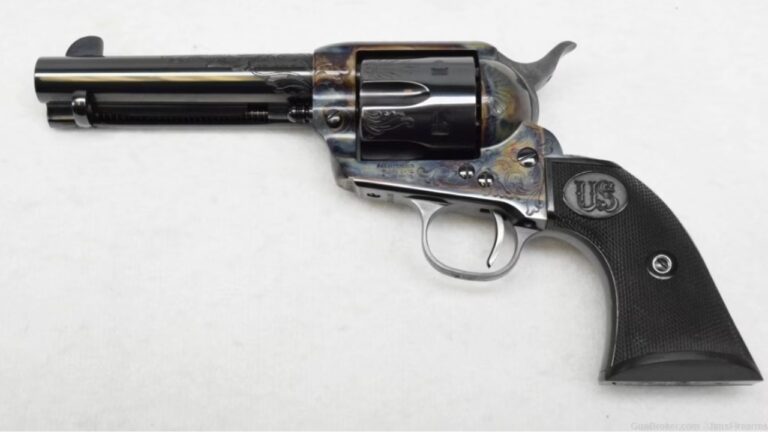Cheaper rifles can shoot well out of the box, but long-term consistency is where many stumble. After a few hundred rounds, some models start loosening up — screws back out, stocks shift, and groups open up. For hunters firing only a few shots a season, it’s often no big deal. But for anyone running high round counts, these rifles demand extra maintenance to stay accurate. Knowing which models need more attention upfront saves you from chasing your zero every time you head to the range.
Ruger American Rifle
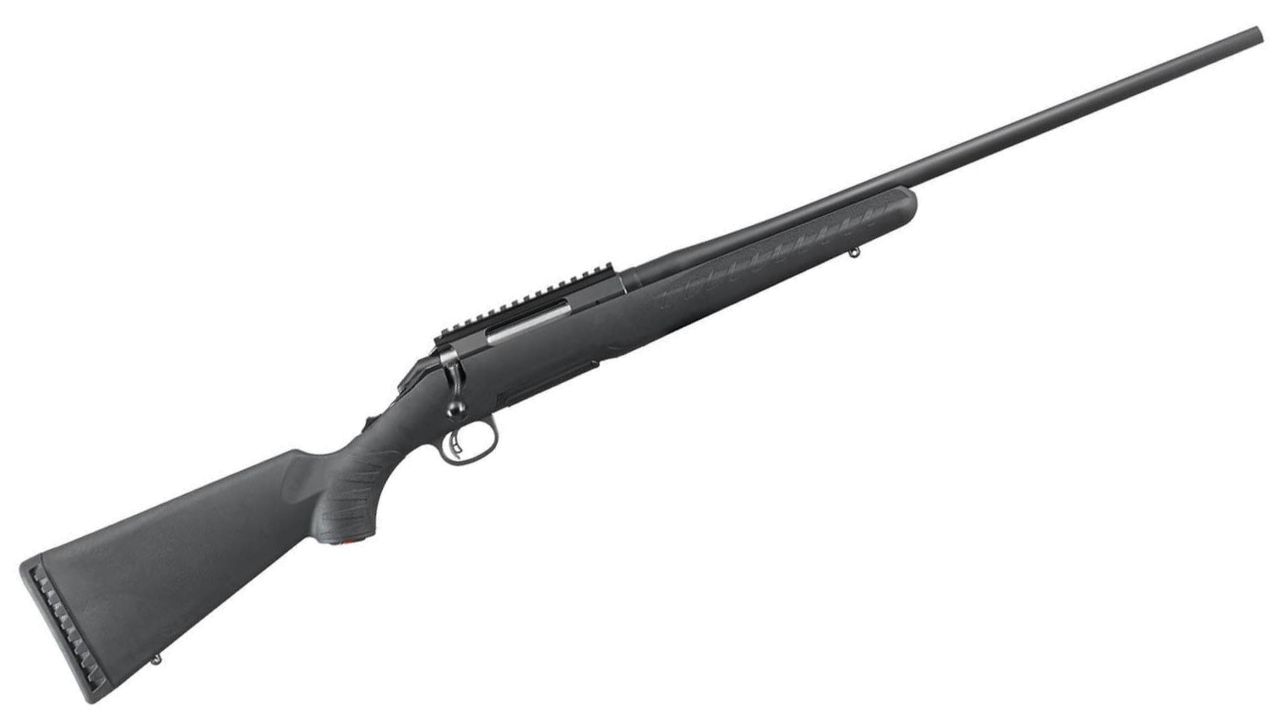
The Ruger American Rifle is popular for its price and accuracy potential, but frequent shooters often notice action screws backing out after a few hundred rounds. The lightweight synthetic stock can also flex under recoil, which adds inconsistency.
With occasional hunting use, the issue rarely shows up, but sustained shooting sessions demand more regular torque checks. Bedding the action or swapping the stock fixes most problems, but straight from the factory, you’ll want to keep an eye on hardware if you plan on burning through a lot of ammo.
Mossberg Patriot
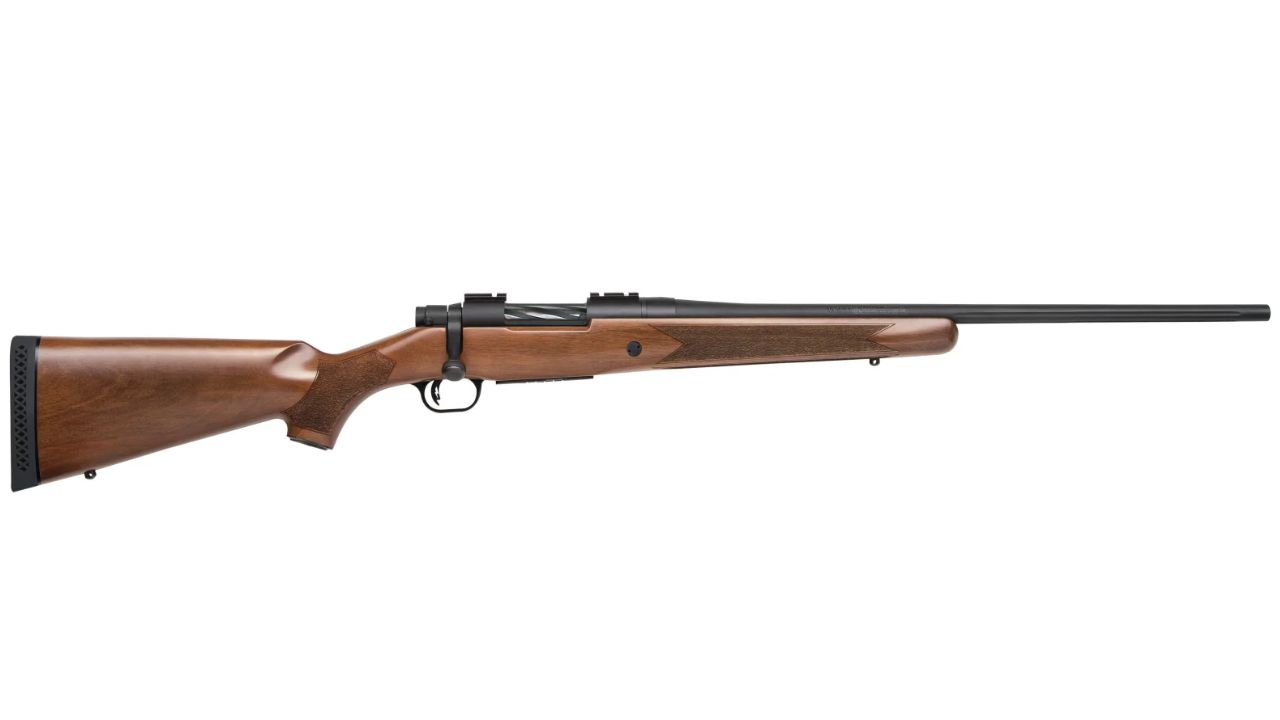
The Mossberg Patriot delivers a smooth bolt throw and strong initial accuracy, but the lightweight design struggles under extended range sessions. Over time, the stock tends to compress around the action, causing zero shifts after a couple hundred rounds.
Hunters firing only a handful of shots per year won’t notice much, but for volume shooters, maintaining accuracy requires frequent torque checks. Some owners upgrade to a stiffer aftermarket stock or glass-bed the action, which stabilizes performance. Without modifications, it’s a rifle that benefits from constant monitoring during long seasons.
Savage Axis II
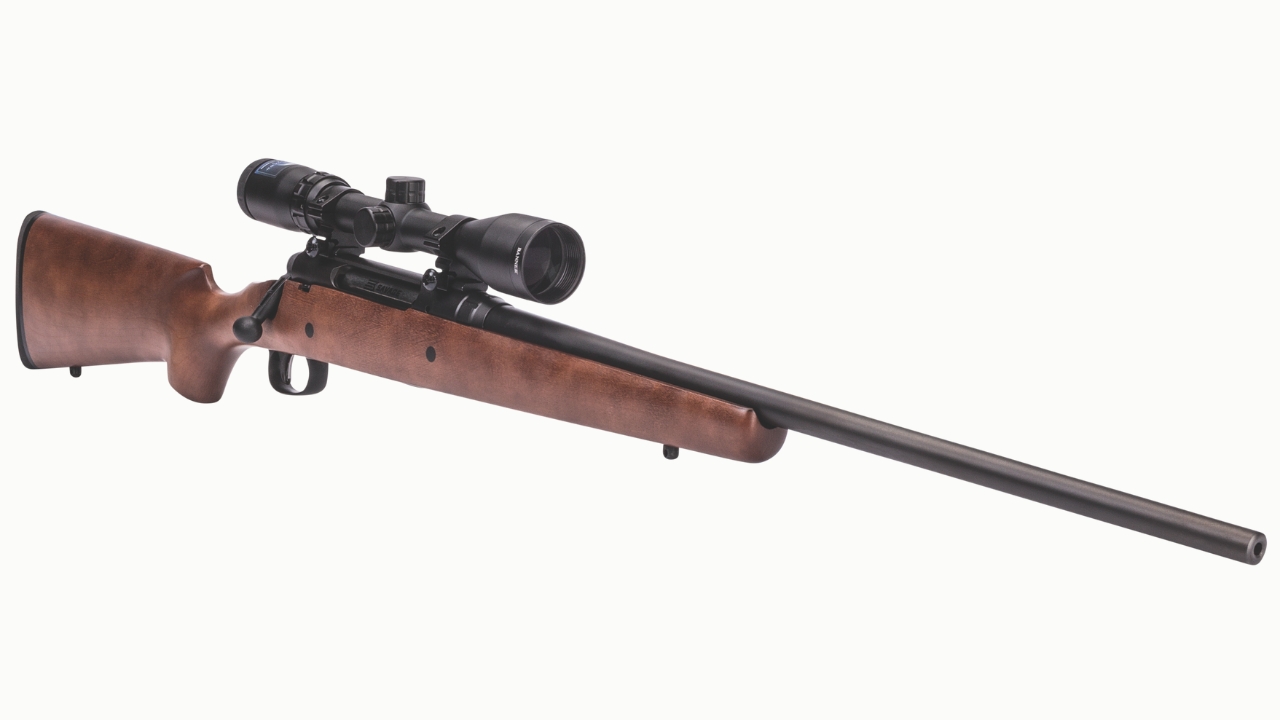
The Savage Axis II is one of the most budget-friendly bolt guns available, and while it’s capable of solid groups early on, repeated firing exposes weak points. The stock tends to flex under recoil, which affects barrel harmonics and spreads shots.
Many owners report needing to re-zero after a few hundred rounds unless they stay on top of tightening hardware. The action and barrel are solid, but the factory stock leaves room for improvement. Upgrading to a stiffer stock or adding pillars usually transforms the rifle’s long-term consistency.
Remington 783
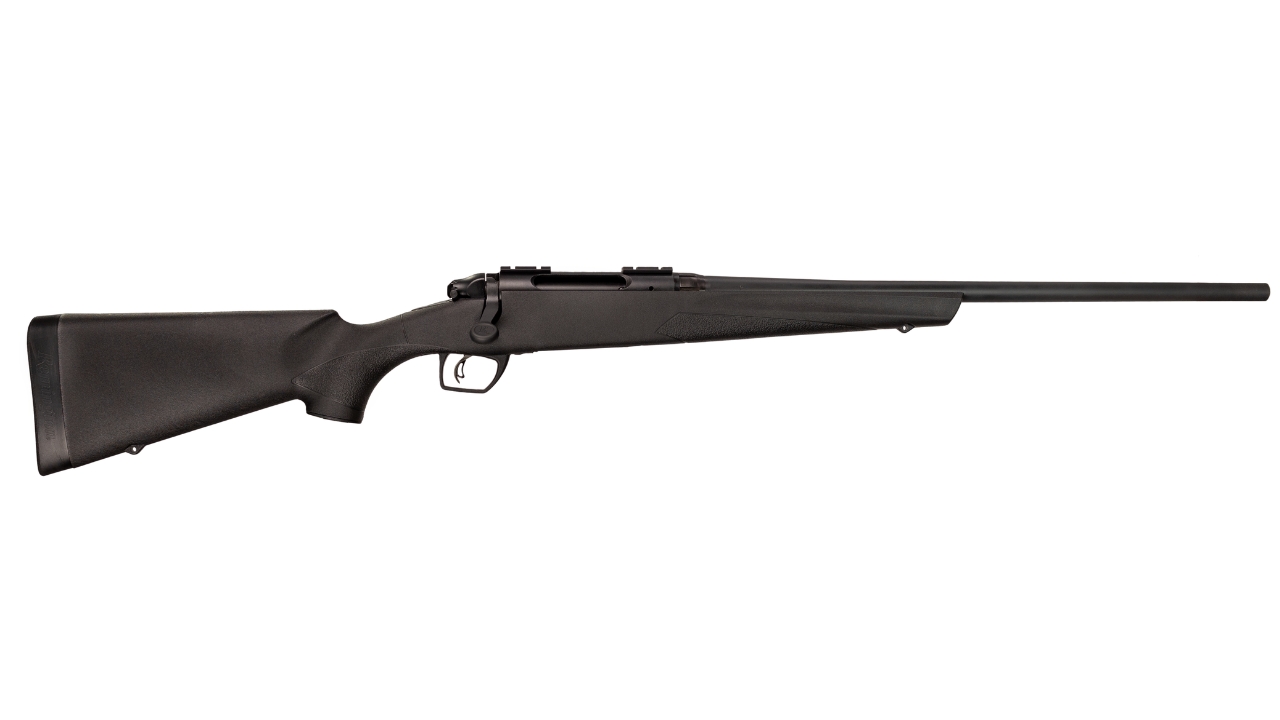
The Remington 783 was designed as an entry-level rifle, but it isn’t built for high-volume shooting. The plastic stock has noticeable flex, and with heavier calibers, action screws often loosen within the first few hundred rounds.
For hunters who only shoot before season and harvest their game, it’s serviceable. But if you spend long days at the range, the zero tends to wander unless you retorque frequently. Some shooters add bedding or replace the stock entirely, which stabilizes accuracy, but out of the box, it demands regular attention.
Winchester XPR

The Winchester XPR offers attractive pricing, but many shooters report zero shift issues after extended use. The stock design, while comfortable, doesn’t offer the same rigidity as higher-end rifles, leading to movement under repeated recoil cycles.
Frequent shooters notice groups widening after a few hundred rounds, especially in magnum chamberings. Retorquing the action screws helps, but it’s a recurring task if you put the rifle through heavy use. With a bedding upgrade, the XPR performs well, but in stock form, it struggles to stay locked down during long shooting sessions.
Thompson/Center Compass II
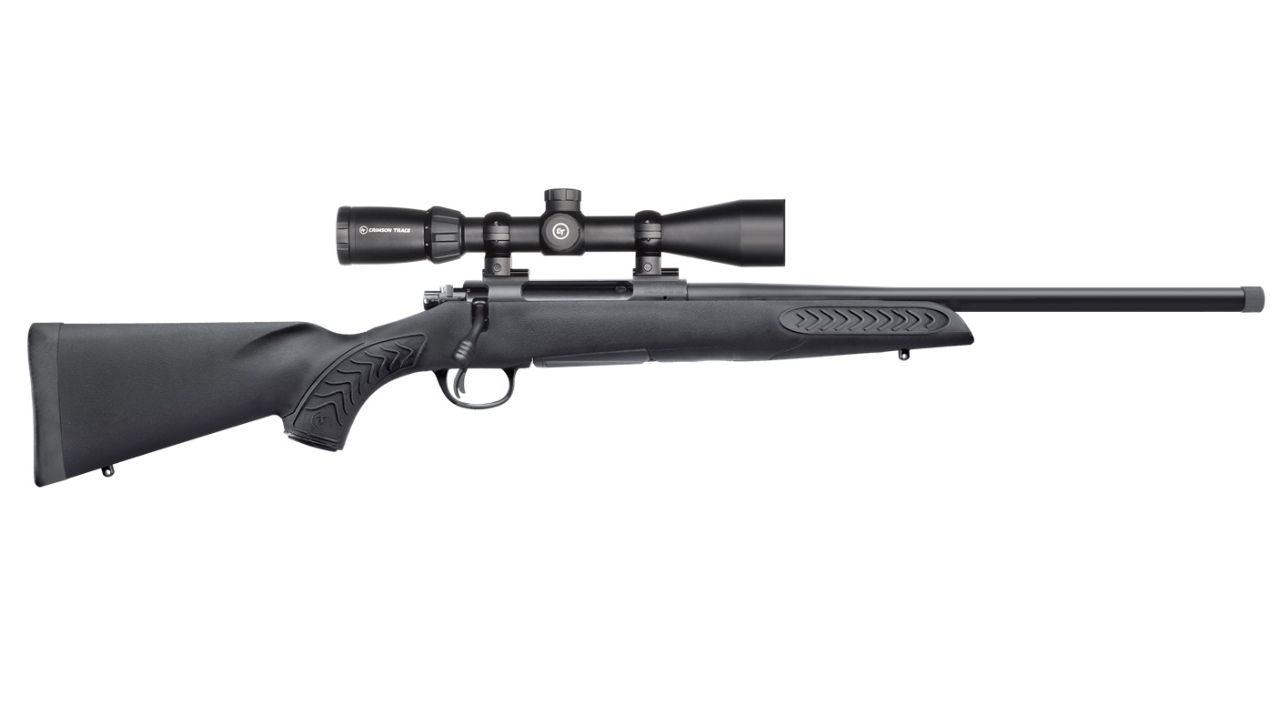
The Thompson/Center Compass II is an affordable hunting rifle that shoots well initially, but as the round count climbs, some owners run into screw loosening and stock compression issues. Over time, the fit between the action and stock can shift slightly.
Casual hunters might never experience the problem, but those who push the rifle harder often find themselves re-zeroing more than expected. A bedding job or pillar installation fixes the issue for most people, but if you’re sticking with the factory setup, plan on checking torque often when shooting in volume.
Howa 1500 Hogue
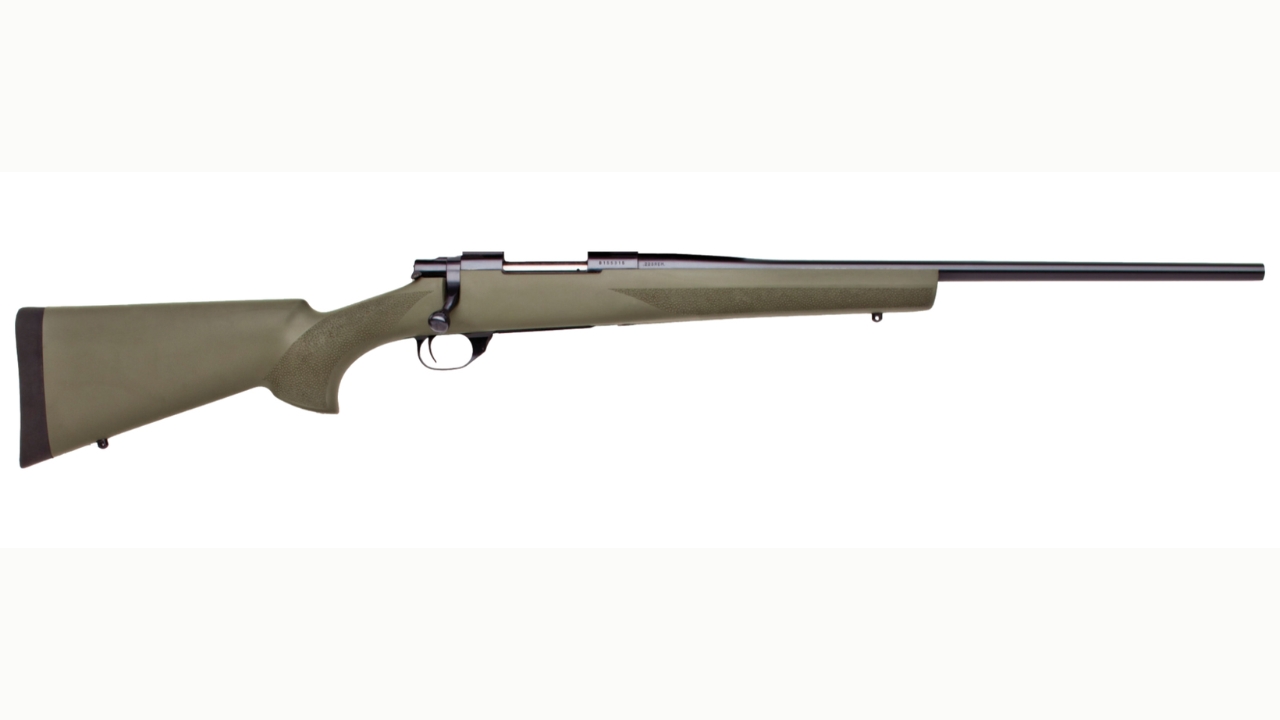
The Howa 1500 in the Hogue Overmolded stock has a great reputation for smooth action, but the flexible stock introduces stability issues when shooting high round counts. As the action shifts slightly under recoil, accuracy starts to slip after several hundred shots.
If you’re a low-volume hunter, the rifle performs well, but range days reveal its limitations. Replacing the stock with a stiffer chassis or bedding the action solves most issues. Without those upgrades, keeping groups tight means constant attention to torque and barrel pressure during longer shooting sessions.
Rossi RS22
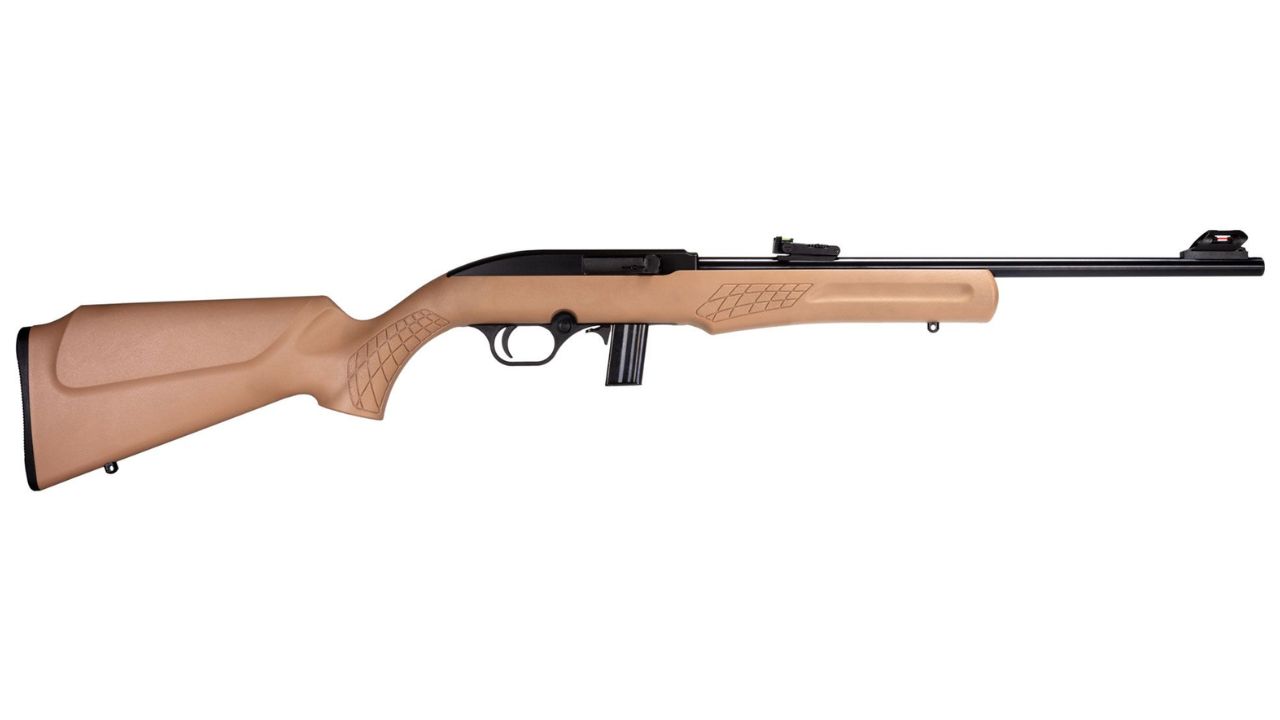
The Rossi RS22 is an affordable .22 rifle loved by new shooters, but its polymer build doesn’t always hold up under high-volume firing. Screws loosen quickly, and the stock can warp slightly with heat and time, causing inconsistent groups.
For casual plinking, it performs well enough, but if you’re cycling through thousands of rounds, you’ll be re-tightening parts regularly to stay on paper. Many owners address the issue with aftermarket stocks or bedding kits, but out of the box, this rifle demands more upkeep than some expect when pushing it hard.
CVA Cascade
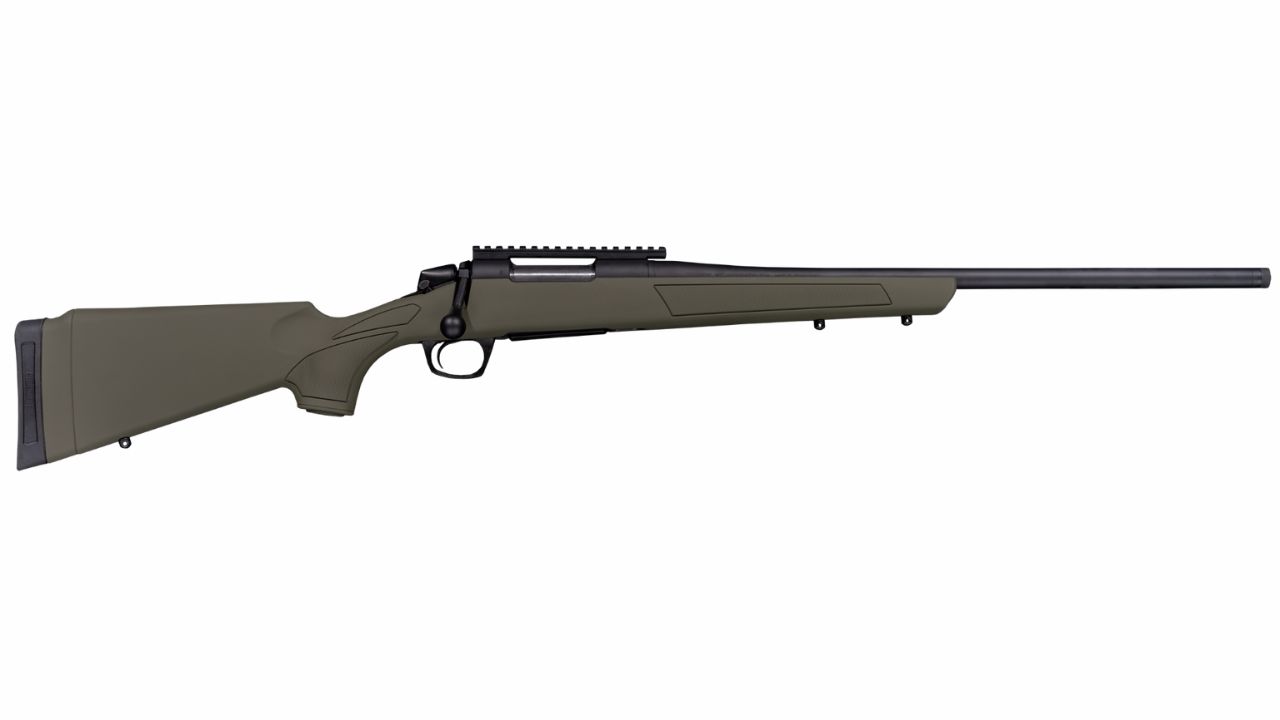
The CVA Cascade brings a lot of value for the price, but repeated recoil eventually reveals some weaknesses in the synthetic stock. Over time, screws can loosen, and accuracy starts to drift unless you’re vigilant about torque.
Hunters who sight in once a season will rarely encounter problems, but range-heavy shooters often do. Upgrading the stock or adding bedding is the most effective fix. Without those changes, you’ll spend more time maintaining it than shooting steadily during long sessions, especially when running heavier hunting calibers.
Stevens 334
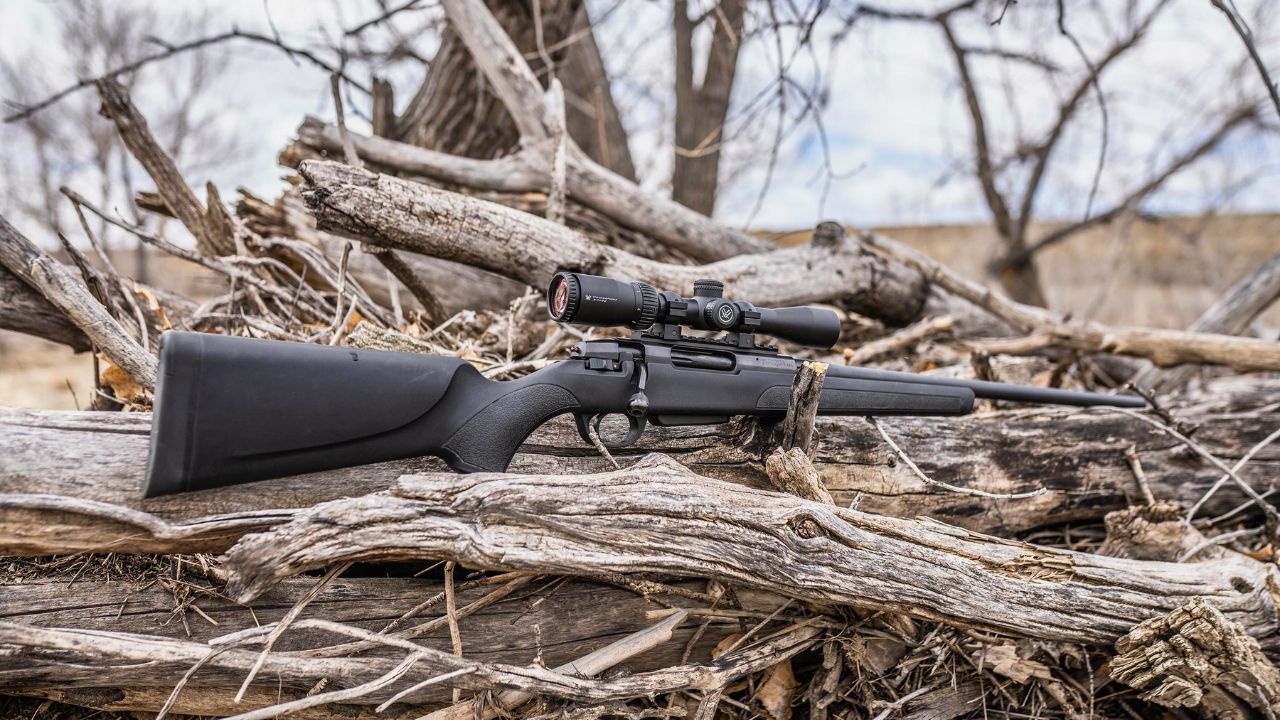
The Stevens 334 is one of the most affordable bolt-action rifles on the market, and while it’s light and easy to carry, extended shooting highlights its weaknesses. The stock lacks rigidity, and action screws tend to back out sooner than expected.
Accuracy out of the box is good for hunting use, but with frequent range sessions, groups open quickly unless you check torque constantly. Bedding the action or swapping the stock entirely stabilizes performance, but budget-conscious shooters relying on factory parts will notice shifts once the round count climbs.
*This article was developed with AI-powered tools and has been carefully reviewed by our editors.




